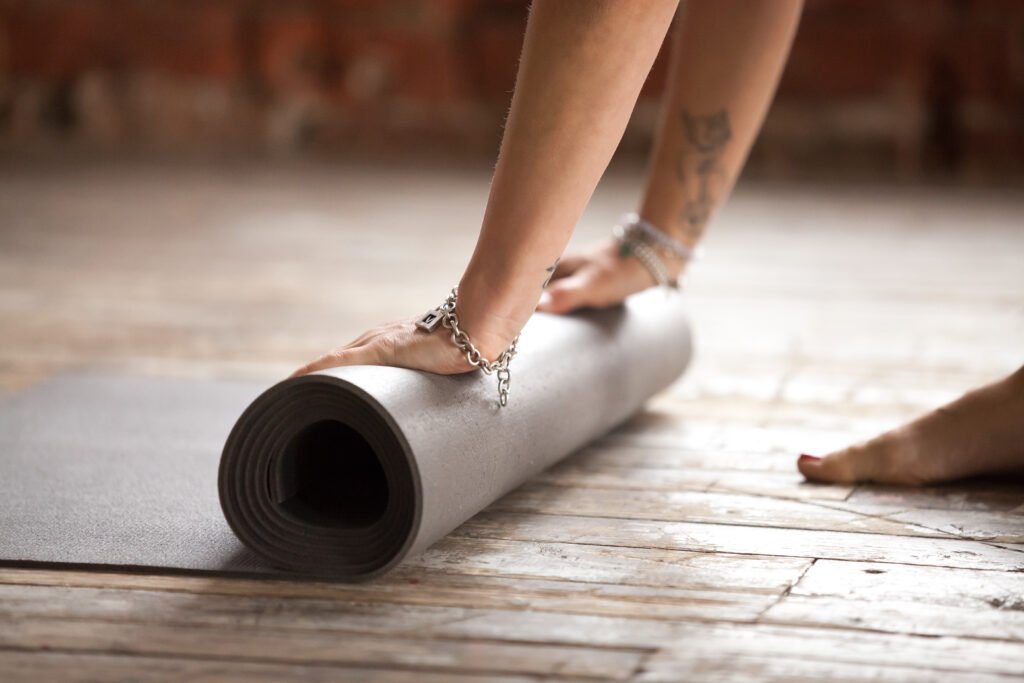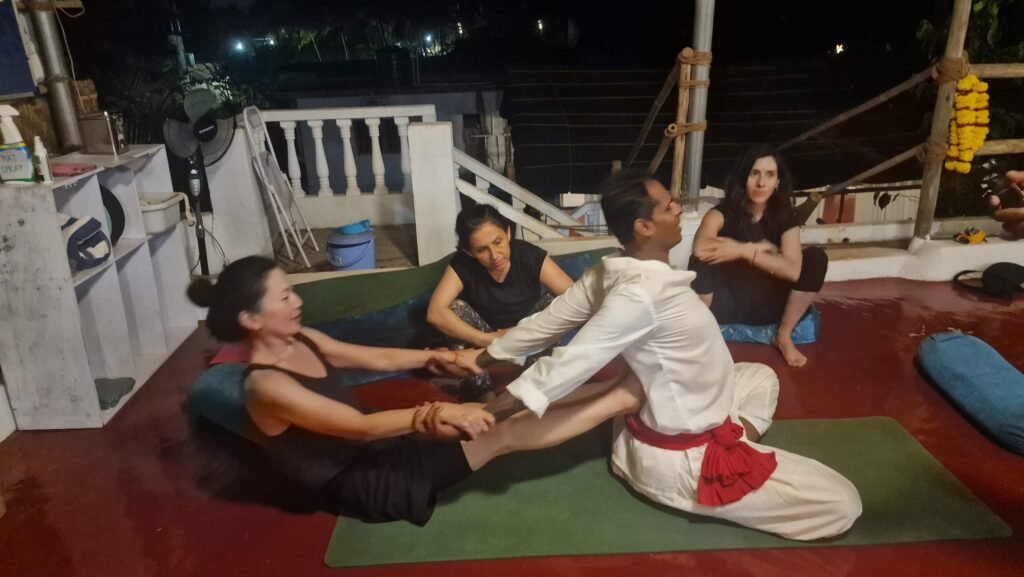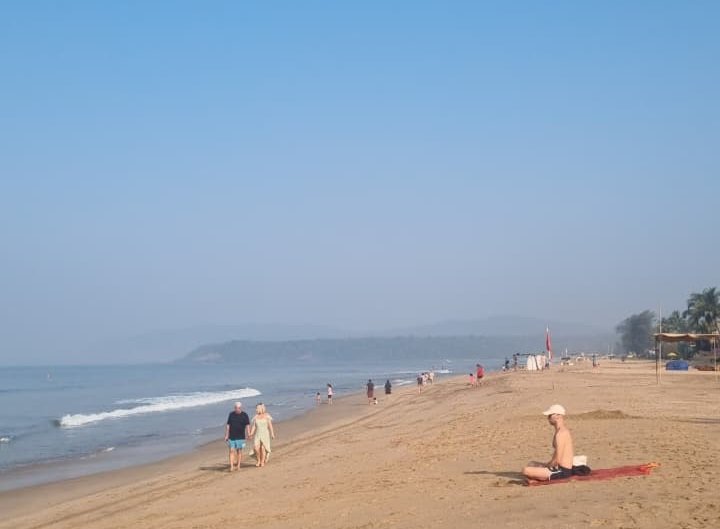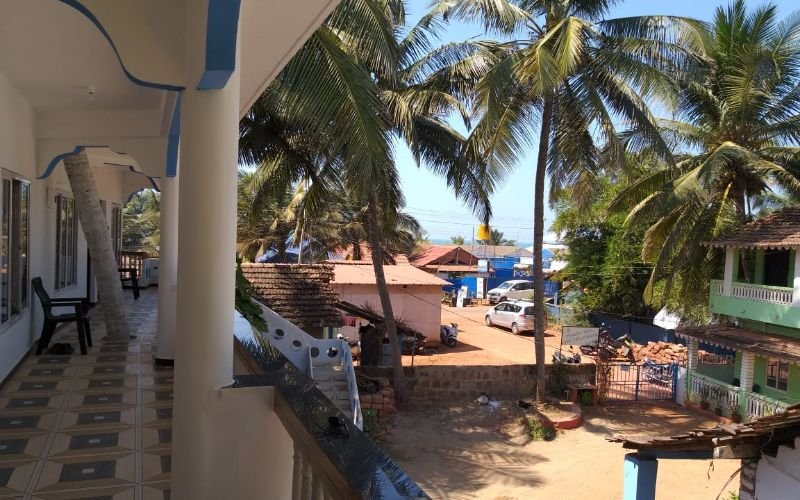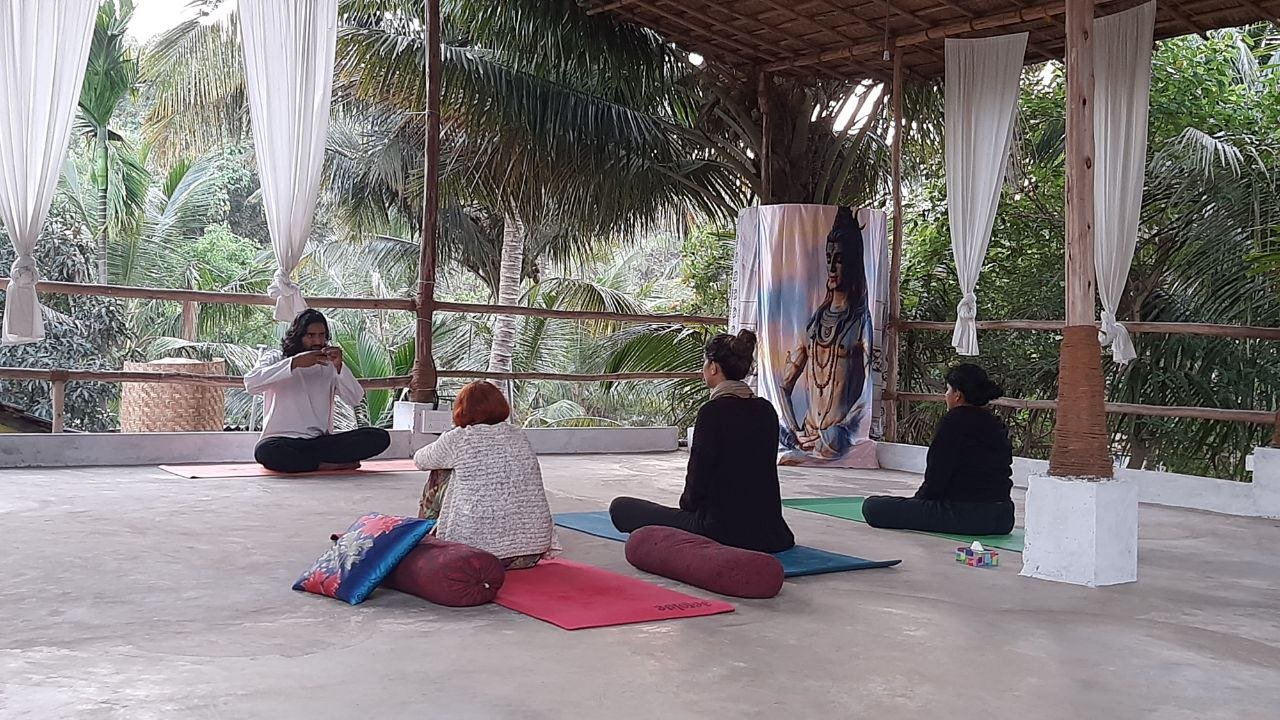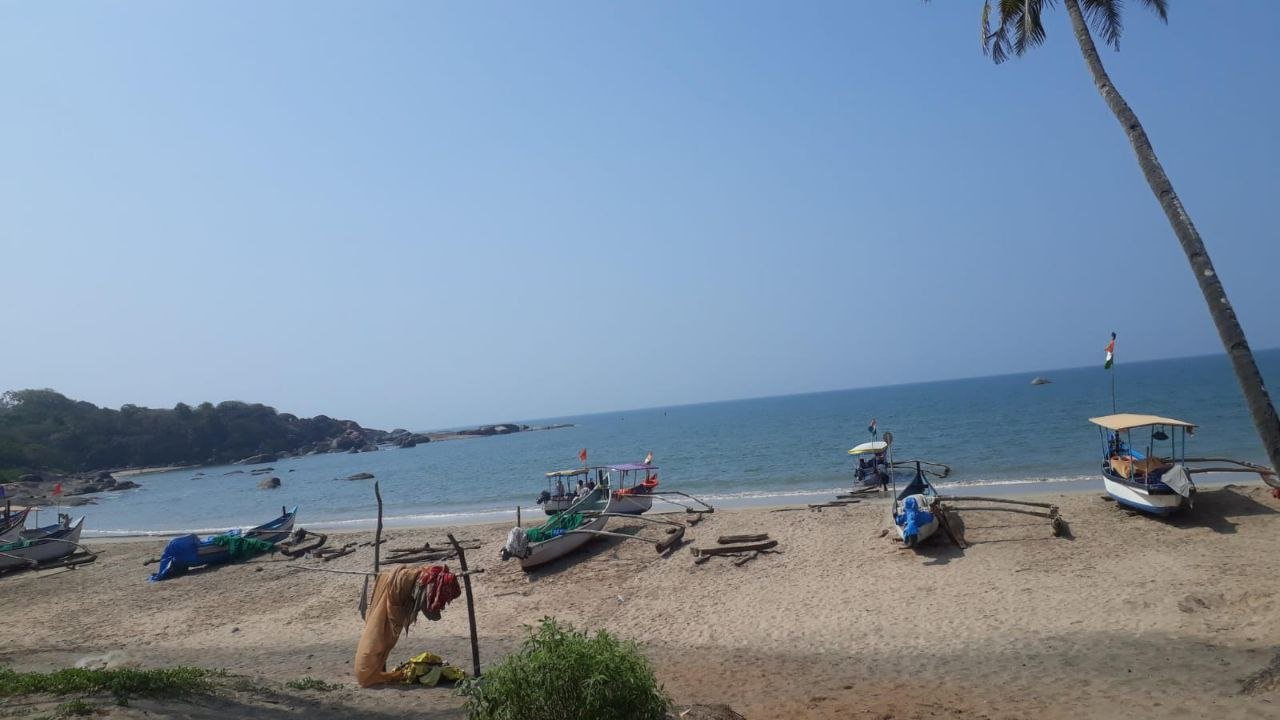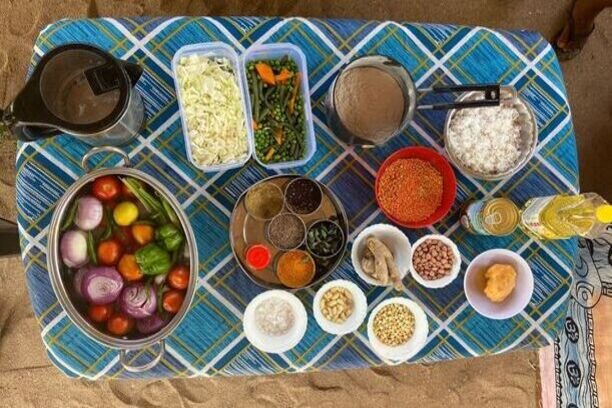Whether you’re stepping onto the mat for the first time or you’re a seasoned practitioner diving into deeper flows, the right yoga mat can make a world of difference. It’s not just a piece of gear—it’s your foundation, your sacred space, and your personal support system.
But with so many mats out there—different materials, thicknesses, textures, eco-friendliness, and grip levels—how do you choose the one that suits you and your practice?
In this guide, we’ll help you navigate the maze of options and choose a yoga mat that aligns with your style, body needs, values, and lifestyle.
Why Your Yoga Mat Matters
Your yoga mat isn’t just for comfort—it’s for safety, alignment, energy flow, and joint protection. The wrong mat can cause slipping, discomfort, or poor posture, while the right one:
- Enhances balance and grip
- Protects your joints and spine
- Helps maintain clean energy in your practice
- Encourages daily consistency through comfort and aesthetics
Let’s break it down by category so you can find your perfect fit.
1. Mat Thickness: Cushion vs Stability
Choosing the right thickness is all about balancing support and connection to the floor.
| Thickness | Who It’s For | Pros | Cons |
|---|---|---|---|
| 1–2 mm (Travel Mat) | On-the-go yogis | Ultra-light, easy to pack | Minimal support for joints |
| 3–5 mm (Standard) | Most practitioners | Balanced grip and cushion | May feel thin for long holds |
| 6–8 mm (Thick/Cushioned) | Yin/restorative lovers or joint pain | Great joint protection | Bulky, less stable in balances |
Tip: If you do a lot of balance poses, stick to 3–5 mm. If you have sensitive knees or practice mostly on hard floors, 6 mm+ could be best.
2. Materials: Sustainability, Texture, and Grip
Your mat’s material affects grip, eco-friendliness, weight, and durability. Here are the most common:
🔹 PVC (Vinyl)
- Pros: Highly durable, excellent grip, affordable
- Cons: Not eco-friendly, may contain toxins
- Best For: Beginners on a budget, indoor studio use
🔹 TPE (Thermoplastic Elastomer)
- Pros: Lightweight, recyclable, latex-free
- Cons: Less durable, may wear quicker with heavy use
- Best For: Gentle yoga, beginners, those with latex allergies
🔹 Natural Rubber
- Pros: Fantastic grip (even when wet), sustainable, dense cushioning
- Cons: Heavy, not suitable for those with latex allergies
- Best For: Vinyasa, hot yoga, eco-conscious practitioners
🔹 Cork
- Pros: Antimicrobial, gets grippier with sweat, natural look
- Cons: Firmer, less cushion
- Best For: Hot yoga, meditation, mindful yogis
🔹 Cotton/Jute
- Pros: Natural, breathable, soft feel
- Cons: Low grip, not ideal for dynamic poses
- Best For: Traditional, restorative, or gentle yoga
Eco Tip: If sustainability matters to you, go with natural rubber, cork, jute, or organic cotton.
3. Choosing Based on Yoga Style
Your practice should guide your mat choice. Here’s what suits each style:
| Yoga Style | Ideal Thickness | Best Materials | Extra Tips |
|---|---|---|---|
| Vinyasa / Power Yoga | 3–5 mm | Natural rubber or PVC | Prioritize grip and sweat resistance |
| Ashtanga | 3–4 mm | Rubber or PVC | Durability and dense support are key |
| Hot Yoga / Bikram | 3 mm + towel | Cork or rubber | Look for anti-slip & moisture-wicking |
| Restorative / Yin | 6–8 mm | TPE or foam | Go for maximum cushion and softness |
| Hatha / Iyengar | 4–6 mm | TPE, rubber | Balanced stability and comfort |
Towel Hack: For sweaty classes, pair your mat with a microfiber yoga towel to avoid slipping.
4. Joint Support & Comfort
For people with knee sensitivity, back pain, or joint issues, a softer surface helps avoid strain during long holds, kneeling, or seated postures.
🔸 Choose 6 mm or more if you:
- Practice mostly on hard surfaces
- Have sensitive joints
- Prefer Yin or Restorative yoga
But remember: Too much softness can make balance harder, so experiment before committing.
5. Portability: Yoga on the Move
If you’re a digital nomad, yoga teacher, or traveler, consider:
- Weight: Under 1.5 kg is ideal for portability
- Foldability: Some travel mats fold into bags or backpacks
- Straps or carrying bags: Make commuting to class easier
Travel Tip: Look for foldable mats made of TPE or 1–2 mm rubber—lightweight and compact.
6. Size: Length, Width & Body Type
Most mats are 68 inches long, but if you’re tall (over 5’10″), you may want 72–80 inches.
Standard width: 24 inches
Wider mats: Up to 36 inches for extra space
Body Type Tip: If you find yourself going off the edges in savasana or sun salutations, it’s time to size up.
7. Maintenance & Durability
- Easy to Clean: Rubber, PVC, and cork are easiest
- Machine Washable: Some cotton or jute mats are machine-washable
- Longevity: PVC lasts the longest, though rubber and cork hold up well with proper care
Cleaning Tip: Use a natural cleaner (like diluted vinegar + tea tree oil) to keep your mat fresh and germ-free.
Final Checklist: Your Perfect Mat
| Feature | Your Need | Best Choice |
|---|---|---|
| Portability | Travel, easy storage | 1–2 mm TPE or foldable rubber |
| Grip | Slippery hands/sweaty sessions | Natural rubber, cork |
| Joint Comfort | Sensitive knees/hips | 6 mm+ cushioned mat |
| Eco-Friendly | Sustainability | Rubber, cork, jute, cotton |
| Durability | Daily practice | PVC or premium rubber |
| Hot Yoga | Moisture-resistance | Cork or rubber + towel |
Our Recommendation for Goa Yogis
If you’re practicing here in Goa’s warm, humid climate, we recommend:
- Rubber or cork mats for superior grip and sweat control
- Mid-thickness (3–5 mm) for balance and cushion
- A mat towel for hot or beachside classes
Whether you’re joining a teacher training, taking your first yoga class, or deepening your home practice, investing in the right mat will support your physical body and spiritual growth for years to come.
Want Help Choosing the Right Mat?
If you’re planning to join us at Goa Yogashala, feel free to ask us for mat recommendations or even try different mats during your stay. We’re always happy to help you align your mat to your path.
Final Words
Your yoga mat is more than just a surface—it’s where you’ll sweat, breathe, cry, heal, and transform.
Choose it wisely, care for it with love, and let it become the quiet foundation of your journey inward.
Interested in yoga teacher training or retreats in Goa?
Explore our programs at Goa Yogashala

